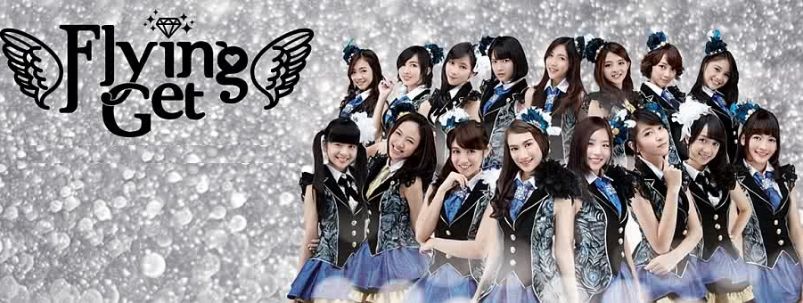1. Expressing a promise
- Asking for a promise
- Make me a promise, won’t you?
- Is that a promise?
- Do you give me on word on that?
- offering a promise
- I promise to love you endlessly.
- It’s a promise.
- You have my word on it.
2. Expressing wonder (curiosity)
- Asking about thoughts/feelings
- Are you OK?
- Want to talk about it?
- How do you feel about it?
- Expressing wonder
- I wonder who he is.
- I wonder at her rudeness.
- I was just wondering how to do it.
3. Expressing a possibility
- Asking about possibility
- Is there any chance they will meet and marry?
- What will probably happen to the main character?
- Is there any possibility of selling everything today?
- Stating possibility
- Maybe.
- Perhaps.
- It’s very likely.
4. Expressing wishes
- Giving general wishes
- Good luck.
- I wish you luck.
- Best of luck.
- Responding to general wishes
- Thanks.
- Thank you.
- Many thanks.
5. Complaining and giving an order
- expressing complaint
- Something must be done.
- What can you do about these rooms?
- I’m sorry to say this, but this room is very dirty.
- Giving an order
- Be quiet!
- Stop it, I tell you!
- Will you hurry up!
6. Giving suggestions
- Asking for suggestions
- Do you think I ought to call the police?
- What do you think I should buy her for her birthday?
- Do you have any advice for me?
- offering suggestions
- I think you’d better start looking a new job.
- If I were you, I’d stop writing her.
- Try ignoring her for awhile.
7. Expressing attitudes about something
- Expressing likes
- I like people who are sociable.
- I enjoy someone is funny.
- I really like an honest person.
- Expressing dislike
- I hate it when people chew gum while they are talking.
- I can’t stand it when people blow smoke in my face.
- I hate people who always late.
8. Expressing confessing and blaming
- Confessing
- I admit I was wrong.
- It was my own fault.
- I was the one to blame.
- Blaming
- It was your own fault.
- Its serves you right.
- It’s not use crying over split milk.
9. Expressing a plan
- asking about plans
- What is your plan?
- What do you intend to do?
- What are you planning to do?
- hiding plans
- You’ll see later.
- I can’t tell you now.
- I can’t make up my mind.
- Stating plans
- My plan is …….
- I’m going to …….
- I intend to …….
10. Preventing someone from doing something
- Ways to say a prevention
- I wouldn’t do that …… if I were you.
- It’s not a good idea.
- I wouldn’t take the risk if I were in your position.
- Ways to response a prevention
- I’ll consider that.
- I’ll think about that.
- I’ll think it over
11. Showing how you feel
- asking someone’s point of view
- What do you think about TV shows?
- What is you reaction to ……..?
- What would you say to …....?
- Expressing point of view
- Personal I believe …...
- In my view, …...
- It seems to me …...
- Expressing pleased
- Great!
- Super!
- Fantastic!
- Expressing displeased
- I’m afraid …….
- How boring!
- How infuriating!











